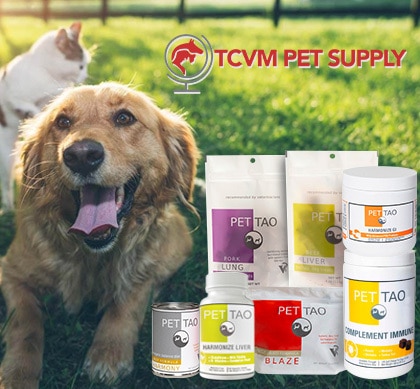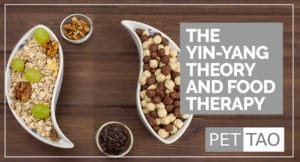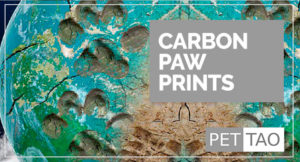Cushing’s disease is one of the main endocrine diseases that cause hyperlipidemia (too much fat in the blood) in dogs.
Hyperlipidemia is easily diagnosed on routine blood work.
The ultimate dietary goal for dogs with Cushing’s disease symptoms is to lower the amount of circulating fats in the blood.
The following recommended diet modifications will help lower the amount of fat in the blood of dogs with Cushing’s disease.
A Fat-Restricted Diet for dogs with Cushing’s
Initial treatment of primary hyperlipidemia involves a switch to a low-fat diet (<25 g/1000 kcal) with moderate protein content (generally greater than 18%, or 60 g protein/1000 kcal).
In contrast, diets low in protein may cause an increase in serum cholesterol concentration (Polzin et al., 1983; Hansen et al., 1992) and are therefore not recommended unless the presence of other conditions warrants their use.
Numerous nutritionally complete, low-fat canine diets are commercially available, but one must be careful to choose a diet that is low in fat based on metabolizable energy (ME), and not strictly on the percent fat present in the diet.
Most diets with a fat content of less than 8% will provide less than 25g fat/1000 kcal.
Some diets appear low in fat on a percentage basis (<8%), but actually provide substantially more than 25 g fat/1000 kcal when the amount of fiber in the diet and metabolizable energy are taken into account, and thus are not low-fat diets.
After feeding a low-fat diet for 6 to 8 weeks, the presence of hyperlipidemia should be re-evaluated.
Low-fat diets alone may not cause resolution of hyperlipidemia, especially when there is a high concentration of endogenous triglyceride (VLDL-TG) (Bauer, 1995).
Fish Oil
Fish oil supplementation can help lower circulating triglycerides and fats.
Fermentable Fiber Intake
Adding a blend of fructooligosaccharides and beet pulp to the diet may also help since this blend can decrease serum triglyceride and cholesterol concentrations in the dog (Diez et al., 1997).
Antioxidant Treatment
Antioxidant therapy consisted of a combination of α-tocopherol, β-carotene, vitamin C, selenium, and methionine may be beneficial in lowering circulating blood fats.
Powerful Tools for Dogs with Cushing’s Disease
There are many quick and easy changes you can make at home to help you give your dog an edge on easing Cushing’s disease challenges.
- Learn more about Cushing’s Disease.
- Try Home Cooking. Visit our Recipe Page, and scroll down to the recipes for dogs with Cushing’s disease. Often, home-cooking makes a huge difference in helping dogs feel better!
- Supplement with medicinal mushrooms. PET | TAO’s Complement Immune Mushroom Blend eases inflammatory response and immune system stress caused by Cushing’s.
- Try digestive enzymes and probiotics. PET | TAO’s Harmonize Gi boosts gut health, which in turn helps your dog better process all food nutrients. Improved gut health also boosts immunity and calms allergic response.
- Feed Freeze Dried Liver Treats. According to TCVM, when Cushing’s disease is present there is almost always Liver Meridian involvement. Liver treats provide Liver Meridian support like as a glandular supplement (Western theory) and via 5-Element Theory (Eastern theory).
- Learn more about TCVM Herbal Remedies. Chinese medicine offers many amazing natural solutions for Cushing’s disease. A good example is:








